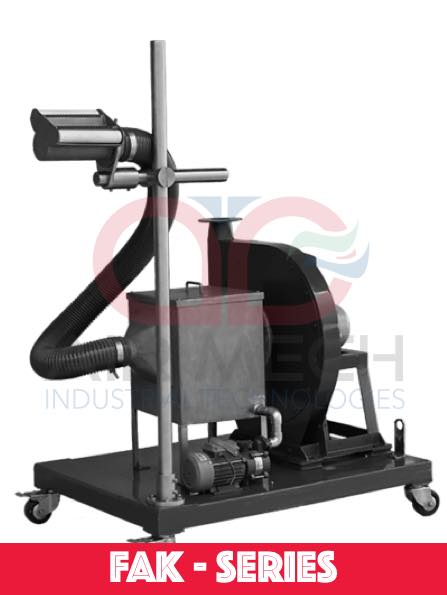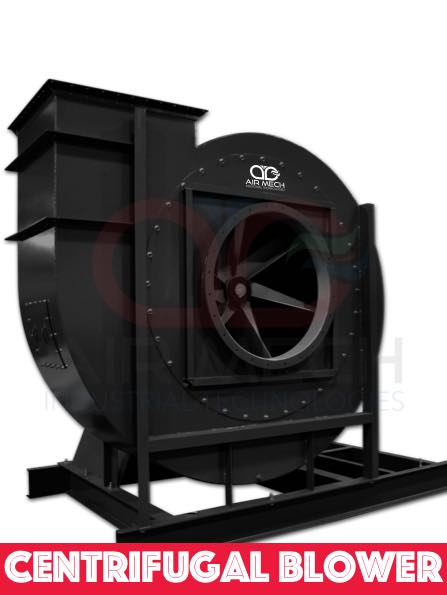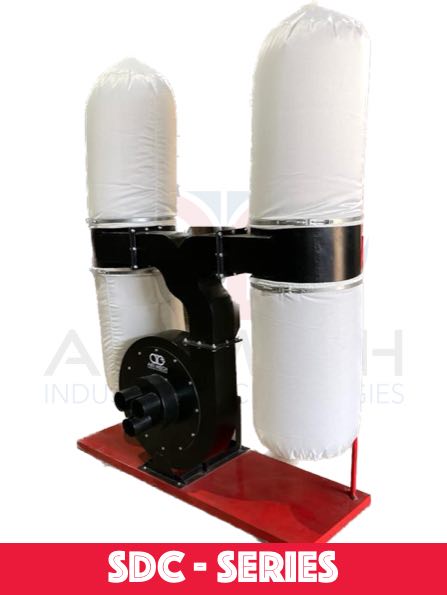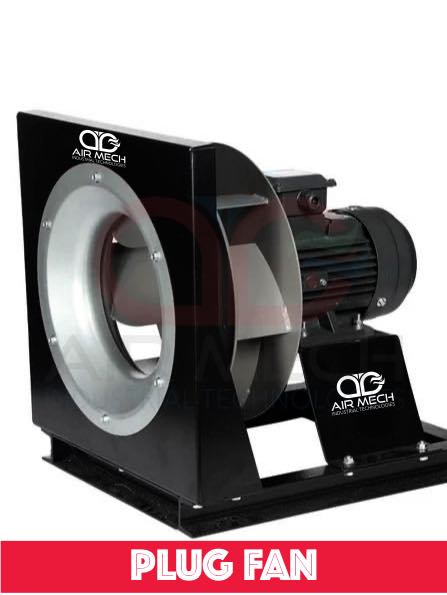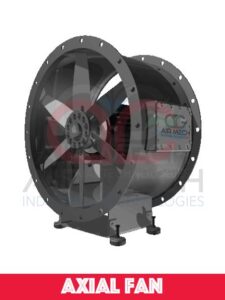
- High Airflow: Our axial fans deliver exceptional airflow, perfect for ventilation and cooling applications.
- Energy Efficiency: Designed with energy-efficient motors, reducing power consumption and operating costs.
- Low Noise Operation: Enjoy quiet operation without compromising performance, ideal for noise-sensitive environments.
- Durable Construction: Built with robust materials for long-lasting reliability, ensuring continuous operation.
- Versatile Mounting Options: Flexible mounting configurations to suit various installation requirements.
- Wide Range of Sizes: Available in different sizes to accommodate diverse airflow needs, from small spaces to large industrial settings.
- Easy Installation: Simple to install and integrate into existing systems, minimizing downtime and installation costs.
- Weatherproof Design: Suitable for indoor and outdoor use, with weatherproof housing for enhanced durability.
- Customizable Options: Tailor the fan to your specific needs with customizable features and accessories.
- Trusted Performance: Backed by Air Mech’s reputation for quality and performance, providing peace of mind.
The working principle of an Axial Fan is straightforward: it draws air in parallel to the axis of rotation and expels it in the same direction, creating a continuous airflow. Here's how it works:
-
Air Intake: The fan blades, arranged in a propeller-like configuration, draw air in through the front of the fan.
-
Air Acceleration: As the blades rotate, they accelerate the airflow, increasing its velocity.
-
Directional Discharge: The accelerated air is propelled in the same direction as the axis of rotation, creating a linear airflow pattern.
-
Effective Ventilation: This axial flow design is highly effective for ventilation and cooling applications, providing efficient air movement across a wide area.
-
Variable Speed Control: Depending on the application requirements, the speed of the axial fan can be adjusted to achieve the desired airflow rate.
-
Energy Efficiency: Axial fans are designed to optimize airflow while minimizing energy consumption, making them cost-effective and environmentally friendly.
-
Quiet Operation: With advanced engineering and blade design, modern axial fans operate quietly, suitable for noise-sensitive environments.
-
Versatile Applications: From industrial ventilation systems to HVAC units and electronic cooling, axial fans find applications in various industries.
In summary, axial fans utilize their unique blade configuration to draw in and accelerate air, providing efficient and effective ventilation solutions across diverse applications.
Size : From 18 inches HP to 48 inches
MOC: Aluminium / Stainless Steel / Low Carbon Steel
Finish: Powder coated / Painted / Special coating for Environment protection / Special Finish options also available
Power option : 220v, Single Phase & 415V, 3 Phase
Customization : Yes , we can customise the Axial Flow Fan to suit your needs
-
Industrial Ventilation: Axial fans are commonly used for general ventilation in industrial settings, including warehouses, factories, and manufacturing plants, to maintain air quality and temperature control.
-
HVAC Systems: In Heating, Ventilation, and Air Conditioning (HVAC) systems, axial fans play a crucial role in circulating air within buildings, ensuring proper ventilation and thermal comfort for occupants.
-
Electronic Cooling: Axial fans are utilized in electronic devices and equipment to dissipate heat generated by electronic components, preventing overheating and ensuring optimal performance and reliability.
-
Refrigeration and Cooling Systems: Axial fans are integral components of refrigeration units and cooling systems, aiding in the circulation of cold air to maintain consistent temperatures in refrigerated spaces and cooling applications.
-
Agricultural Ventilation: In agricultural facilities such as greenhouses, poultry farms, and livestock barns, axial fans help regulate air circulation, humidity levels, and temperature, creating a conducive environment for plant growth and animal welfare.
-
Data Centers: Axial fans are employed in data centers and server rooms to dissipate heat generated by servers and networking equipment, preventing equipment overheating and ensuring continuous operation.
-
Commercial and Residential Ventilation: Axial fans find applications in commercial buildings, offices, and residential spaces for exhaust ventilation in bathrooms, kitchens, and other areas requiring air extraction and circulation.
-
Power Generation: Axial fans are used in power plants and turbine systems for cooling purposes, helping to dissipate heat generated during power generation processes and maintaining equipment efficiency.
-
Marine and Automotive Cooling: Axial fans are utilized in marine vessels and automotive vehicles for engine cooling and ventilation, ensuring optimal performance and preventing engine overheating.
-
Mining and Tunnel Ventilation: In mining operations and tunnel construction projects, axial fans are employed for ventilation to ensure adequate airflow, remove airborne pollutants, and maintain safe working conditions underground.
Coming Soon
1. What is an Axial Flow Fan?
- An Axial Flow Fan, also known as an axial fan or propeller fan, is a type of fan that moves air along the axis of the fan blades. It creates a flow of air parallel to the fan's axis, making it ideal for applications requiring high airflow rates at low pressures.
2. How does an Axial Flow Fan differ from other types of fans?
- Unlike centrifugal fans that generate airflow perpendicular to the fan blades, axial flow fans propel air in the same direction as the fan's axis. This design enables axial fans to efficiently move large volumes of air with relatively low power consumption, making them suitable for applications such as ventilation, cooling, and air circulation.
3. What are the main applications of Axial Flow Fans?
- Axial Flow Fans are widely used in various industries and applications, including HVAC systems, industrial ventilation, electronic cooling, refrigeration, agricultural ventilation, data centers, commercial buildings, and automotive cooling, among others. They are versatile and can be found in both indoor and outdoor settings.
4. What factors should be considered when selecting an Axial Flow Fan?
- When choosing an Axial Flow Fan, factors such as airflow requirements, static pressure, operating environment (indoor or outdoor), noise levels, energy efficiency, and space constraints should be taken into account. It's essential to select a fan with the right size, airflow capacity, and performance characteristics to meet the specific needs of the application.
5. How do Axial Flow Fans contribute to energy efficiency and cost savings?
- Axial Flow Fans are known for their high efficiency in moving large volumes of air with minimal power consumption. By selecting energy-efficient axial fans and optimizing their operation, businesses can reduce energy costs and lower their carbon footprint. Proper fan sizing, speed control, and regular maintenance also play crucial roles in maximizing energy efficiency and cost savings.
6. Can Axial Flow Fans be used in hazardous or corrosive environments?
- Yes, Axial Flow Fans can be customized with special materials and coatings to withstand corrosive or hazardous environments. For applications where exposure to chemicals, moisture, or extreme temperatures is a concern, it's essential to select fans with appropriate construction materials and protective coatings to ensure durability and safety.
7. How do I determine the right size and capacity of an Axial Flow Fan for my application?
- The size and capacity of an Axial Flow Fan depend on factors such as the size of the space or equipment to be ventilated, the desired airflow rate, and the resistance to airflow (static pressure) within the system. Consulting with an experienced HVAC engineer or fan manufacturer can help determine the optimal fan size and configuration based on specific application requirements.
8. What maintenance is required for Axial Flow Fans?
- Regular maintenance is essential to ensure the optimal performance and longevity of Axial Flow Fans. This includes inspecting and cleaning fan blades, checking for any signs of wear or damage, lubricating bearings, and monitoring motor performance. Additionally, periodic inspections and cleaning of ductwork and air filters help maintain efficient airflow and prevent system inefficiencies.
9. Can Axial Flow Fans be used for both indoor and outdoor applications?
- Yes, Axial Flow Fans are suitable for both indoor and outdoor applications. They are commonly used in HVAC systems for indoor ventilation and air circulation in commercial buildings, warehouses, factories, and data centers. Outdoor applications include cooling towers, condenser units, agricultural ventilation, and tunnel ventilation systems, among others.
10. Are Axial Flow Fans noisy?
- The noise level of Axial Flow Fans can vary depending on factors such as fan size, speed, blade design, and operating conditions. While some axial fans may produce noticeable noise, especially at higher speeds, modern fan designs and sound attenuation measures can help minimize noise levels. Selecting fans with lower sound ratings and incorporating noise-reducing features can help mitigate noise concerns in sensitive environments.
This FAQ section aims to address common questions and provide valuable information about Axial Flow Fans, helping users understand their features, applications, and benefits effectively


